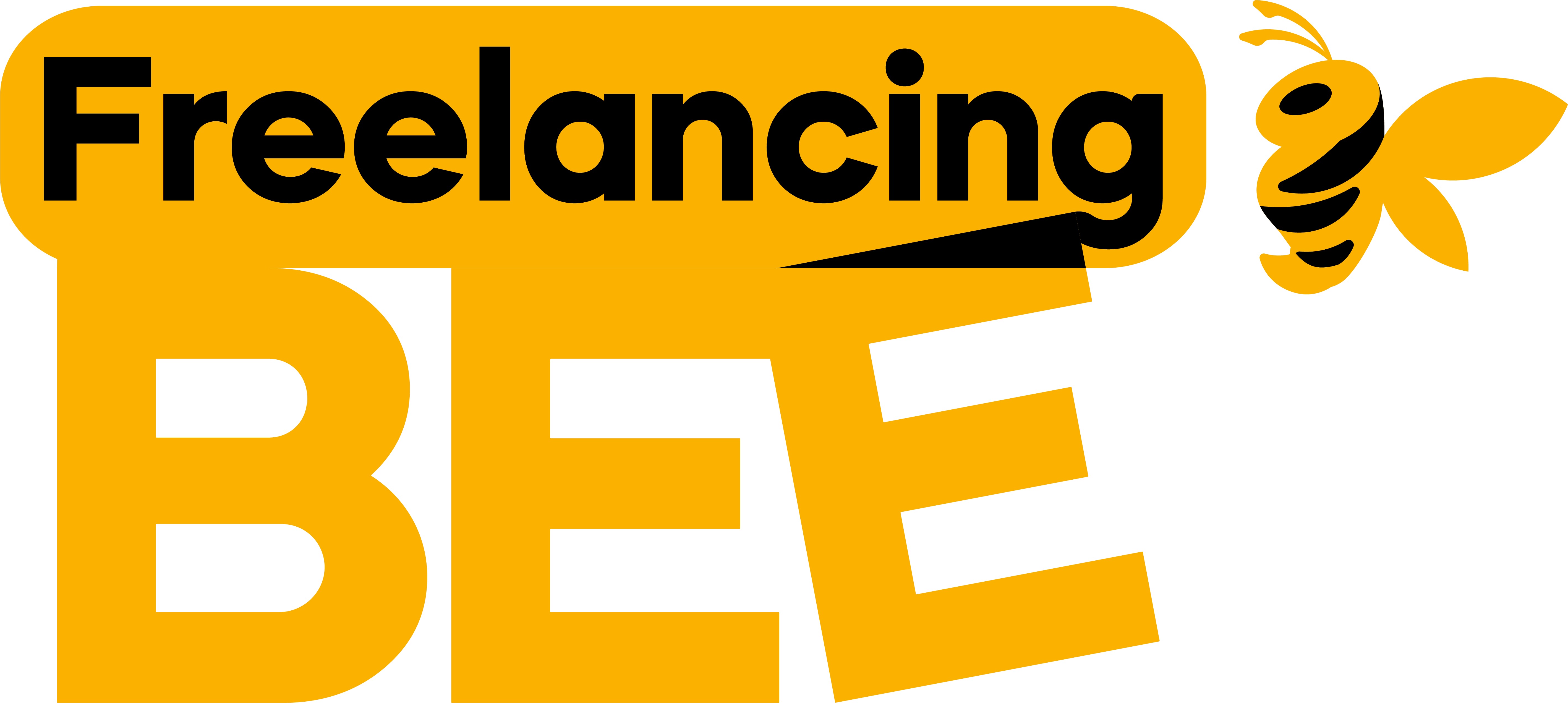
In today’s dynamic job market, individuals have more options than ever before when it comes to how they earn a living. Two prominent paths that many people consider are freelancing and traditional employment. Each option comes with its own set of advantages and challenges, making it essential for individuals to weigh the pros and cons carefully before making a decision. In this article, we’ll delve into the key differences between freelancing and traditional employment, exploring the benefits and drawbacks of each.
Freelancing: The Pros
- Flexibility and Autonomy
One of the most significant advantages of freelancing is the flexibility it offers. Freelancers have the freedom to choose their working hours, projects, and clients. This autonomy allows individuals to create a work-life balance that suits their needs, which can be particularly appealing for those with family commitments or other personal priorities.
- Diverse Income Streams
Freelancers often have the opportunity to work on multiple projects simultaneously, diversifying their income streams. This can provide greater financial stability compared to traditional employment, where income is typically derived from a single source.
- Skill Development and Variety
Freelancing allows individuals to explore a diverse range of projects and industries, providing opportunities for continuous skill development and learning. This variety can be stimulating and rewarding for freelancers who enjoy new challenges and experiences.
- Location Independence
With the rise of remote work, many freelancers can work from anywhere with an internet connection. This level of location independence allows individuals to travel, work from home, or choose their preferred work environment, enhancing overall flexibility and lifestyle freedom.
- Potential for Higher Earnings
Depending on their skills, experience, and industry demand, freelancers have the potential to earn significantly more than their traditionally employed counterparts. Freelancers can set their rates based on market value and negotiate fees directly with clients, leading to higher income potential.
Freelancing: The Cons
- Income Inconsistency
While freelancers have the potential for higher earnings, income can be inconsistent and unpredictable. Projects may come and go, leading to fluctuations in cash flow and financial uncertainty.
- Lack of Benefits
Unlike traditional employees who often receive benefits such as health insurance, retirement plans, and paid leave, freelancers are responsible for their own benefits. This can add to the financial responsibilities and planning required.
- Self-Employment Taxes
Freelancers are considered self-employed, which means they are responsible for paying self-employment taxes, including Social Security and Medicare contributions. Understanding and managing tax obligations is essential for freelancers to avoid financial penalties.
- Isolation and Loneliness
Freelancing can be a solitary pursuit, especially for individuals who work remotely. The lack of daily interaction with colleagues can lead to feelings of isolation and loneliness, impacting mental well-being.
- Client Management and Payment Risks
Freelancers must handle client relationships, including negotiating contracts, managing expectations, and dealing with payment delays or non-payment. This can be challenging and time-consuming, requiring strong communication and business skills.
Traditional Employment: The Pros
- Stability and Predictable Income
Traditional employment typically offers a steady and predictable income, with regular paychecks and benefits such as health insurance, retirement plans, and paid leave. This stability can provide financial security and peace of mind.
- Employer Benefits
Many employers offer additional benefits to their employees, such as health and wellness programs, professional development opportunities, and bonuses or incentives. These benefits can enhance overall job satisfaction and employee well-being.
- Structured Work Environment
Traditional workplaces provide a structured work environment with established policies, procedures, and support systems. This structure can promote productivity, collaboration, and professional growth.
- Career Advancement Opportunities
Traditional employment often includes opportunities for career advancement, promotions, and salary increases based on performance and tenure. Employees may also receive training and mentorship to support their professional development.
- Social Interaction and Networking
Working in a traditional office setting allows employees to interact with colleagues, build relationships, and participate in team activities. This social interaction can foster a sense of belonging and camaraderie, reducing feelings of isolation.
Traditional Employment: The Cons
- Limited Flexibility
Unlike freelancers who have control over their schedules, traditional employees may have limited flexibility in their working hours and tasks. This lack of flexibility can be challenging for individuals with specific lifestyle needs or preferences.
- Less Control Over Projects
Traditional employees may have less control over the projects they work on, as assignments are often determined by management or team leaders. This can limit creativity and autonomy in decision-making.
- Commuting and Work-Life Balance
Many traditional jobs require commuting to a physical office, which can lead to time-consuming commutes and work-life balance challenges. Balancing work responsibilities with personal life commitments can be more difficult in a traditional employment setup.
- Office Politics and Hierarchies
Traditional workplaces may involve office politics, hierarchies, and power dynamics that can impact job satisfaction and morale. Navigating these dynamics requires interpersonal skills and adaptability.
- Limited Earning Potential
While traditional jobs provide stability and benefits, they may offer limited earning potential compared to freelancing, especially in industries where freelancers can command higher rates based on demand and expertise.
Conclusion: Choosing the Right Path
Both freelancing and traditional employment offer unique benefits and challenges, making it essential for individuals to assess their priorities, skills, and lifestyle preferences when making a decision. Freelancing appeals to those seeking flexibility, autonomy, and diverse opportunities, while traditional employment provides stability, benefits, and structured environments.
Ultimately, the right path depends on individual goals, values, and circumstances. Some individuals may thrive in the independence of freelancing, while others may prefer the security of traditional employment. Whichever path you choose, carefully consider the pros and cons to make an informed decision that aligns with your professional and personal aspirations.

